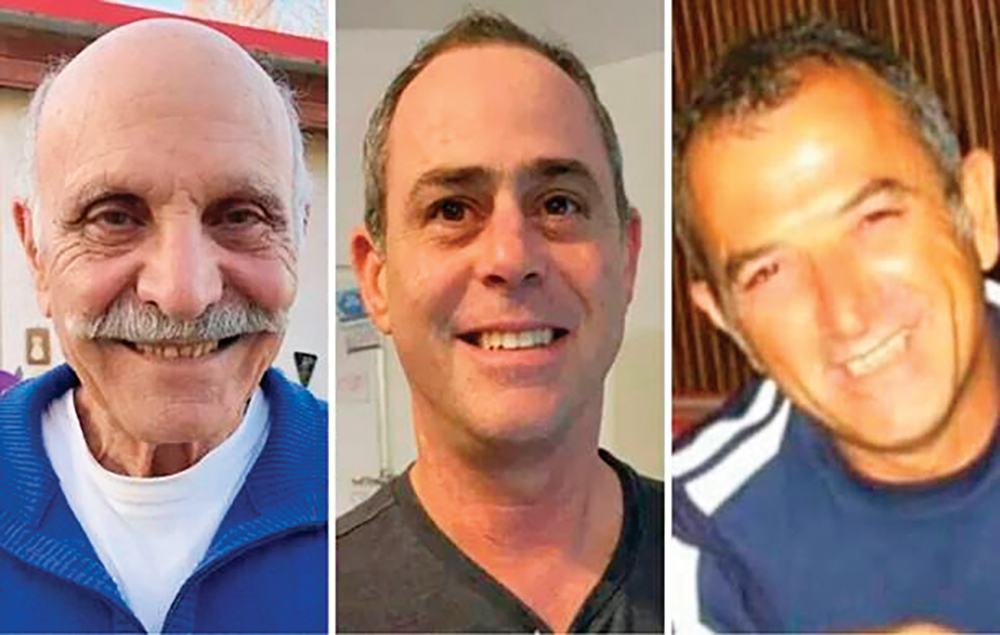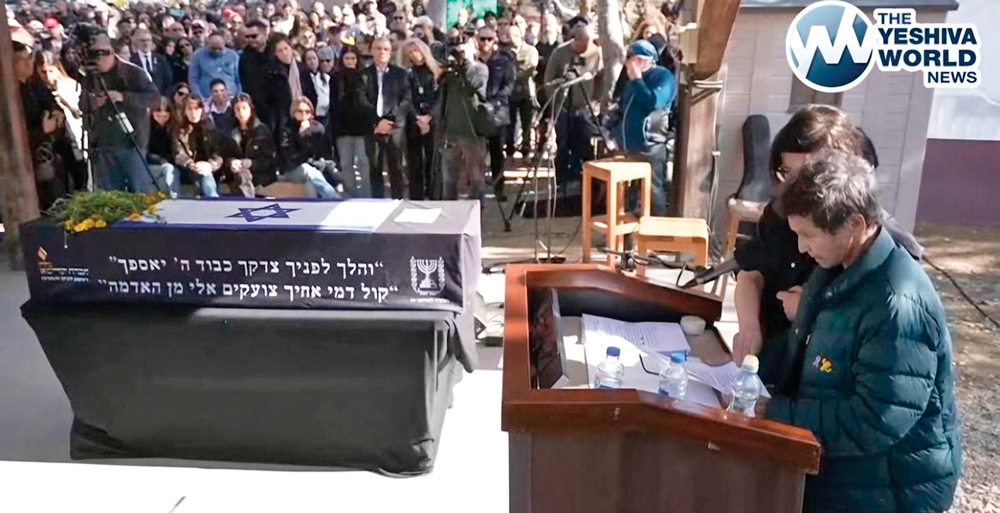As we conclude Sefer Bereishit, we have learned many discrete lessons from our Avot and the others in the sefer. One question could be asked, however: What is the primary overarching theme of the sefer? Each of the other chumashim has one overarching theme: Shemot is yetziat mitzrayim, Vayikra is torat kohanim, Devarim is mishneh Torah. What does Bereishit stand for, primarily?
Second, we can ask: How exactly did the focus of the sefer switch from mankind in general to the Avot in particular? Why did Hashem ultimately choose the Avot and in turn the Jewish people that they created?
Perhaps we can answer both questions by explaining that the central sefer of Bereishit is lessons in emunah. From Adam’s sin, to Kayin’s inability to accept the obligation of self-improvement, to Migdal Bavel, and the Patriarchs’ and Matriarchs’ difficulties in having children and other troubles in their lives, Bereishit teaches us human beings the need to trust in Hashem above our own instincts and perception.
What the Patriarchs realized, and the rest of humanity could not, was that the corollary to emunah is tefillah. While there is a disagreement whether the rabbinic enactments of the three daily tefilot were “avot tiknum,” enacted based on the patriarchal precedent, everyone agrees that the Avot implanted within the Jewish psyche the benefit and need to daven as an expression of one’s emunah. Before the Avot, we see limited to no tefillah, but the Avot daven at every opportunity, including during many of the most challenging moments in their lives.
This explanation can shine a light on the curious fixation on the Avot in the first bracha of the amidah. The bracha is of course called “Avot” and includes a phrase “v’zocher chasdei avot, and Hashem remembers the kindness of the Avot.” The phrase is curious: While it’s undisputed that the Avot were kind people, why do we reference that kindness in our first bracha in our tefillah to Hashem? Why do we call this bracha Avot? We can understand now that the Avot were the ones who gave the Jewish people a chesed by teaching us that the best way to connect to Hashem is through tefillah.
Perhaps the most poignant example is that of Leah. As we now know, Leah was the forebear of most of the current Jewish people, given that the vast majority of known Jews today descend from the shevatim of her children Yehuda and Levi after Ashur destroyed the Ten Tribes. One could ask: What did Leah do to deserve such a zechut? After all, when we examine Leah, she doesn’t appear to have that much to distinguish herself. She was not yefei toar or yefat mareh, and the mefarshim explain that Rachel was also very smart and astute in the way of shepherding, and for that reason Lavan sent her to watch the flock rather than her more mature sister Leah. Indeed, even in terms of middot, Rachel seems to be the more distinguished, as Rachel is the one who provides Leah with Yaakov’s secret code he had provided Rachel for the wedding night, sparing Leah the embarrassment of being discovered.
Leah, however, has a secret weapon: She davened. Rashi tells us that the description of Leah as “einei rakot” means that Leah was davening to not marry Esav. It takes a lot of crying to make an actual physical impact on your eyes; Leah must have been davening in a truly furious fashion for an extraordinary amount of time. And, it must be asked, what was so bad about marrying Esav? Esav was a very rich man and Leah would have been materially comfortable. Moreover, there is no evidence he would have been a bad husband, and quite the contrary Chazal tell us he was a very good son to Yitzchak. And, after all, we have to remember, at the end of the day, Leah was not Jewish; none of the Avot were. What’s the difference between marrying Yaakov and Esav for her? Leah was not davening for herself. She was davening—crying bitterly for years on end—solely because she wanted to have God-fearing descendants. That wish was granted, and today we, bnei Leah, testify to its efficacy. Leah, herself not even Jewish, kindly ensured the continuity of the Jewish people through the responsibility she felt to future generations.
Leah’s lesson can help cure two problems people have with tefillah. In one variant, people daven for something, big or small, and are not answered. That is obviously a discouraging development. Second, many Jews in the 21st century have a generally OK life and do not necessarily feel the desperation that spurred Leah (or Jews in previous generations) to intense tefillah. We learn from Leah, along with the rest of the Avot, that tefillah is a responsibility, not just a right. Leah would have had a comfortable life with Esav, but davened anyways. Leah never saw the fruits of her tefillah, and indeed, during her life the bnei Rachel, rather than her children, were known for their spirituality; it was Yosef and Binyamin who are called by the name “hatzadik,” while Leah’s kids had several mishaps (Reuven with the bed, Judah and Tamar, Shimon and Levi with Shechem).
A tefillah for a particular issue may not be answered, but the tefillah was certainly important in myriad spiritual and physical ways we cannot begin to fathom. The Shemoneh Esrei was created by the Anshei Knesset Hagedolah, which included several prophets who knew deep, spiritual secrets of how to connect to Hashem. Even if our own situation is comfortable, we have a responsibility to daven for others, the rest of the world, and indeed future generations. During COVID, when thousands of human beings are dying every day, each an irreplaceable treasure to their family, the responsibility is obvious, and let us take this lesson even when, with the vaccine’s help, the pandemic ends and we return to relative normalcy.
Rabbi Felsenthal is an attorney working in the financial sector.












